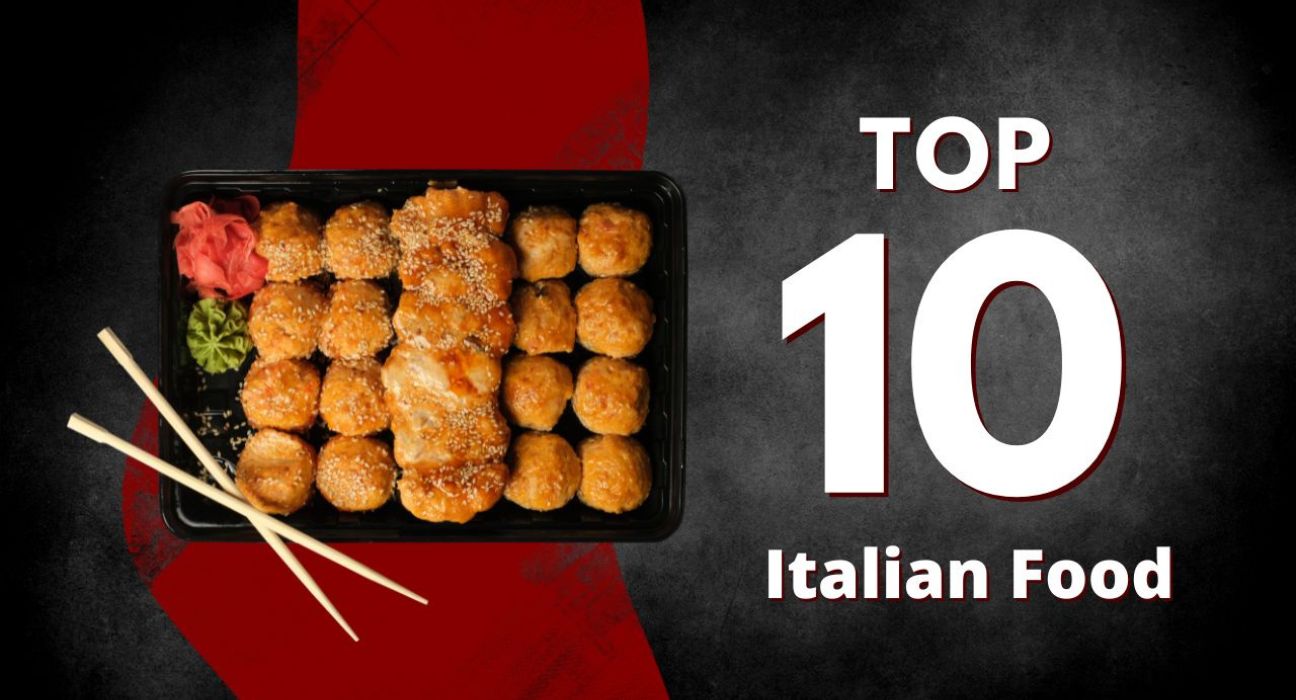An Introduction to Italian Gastronomy
Italy’s culinary heritage is a tapestry of tradition, regional diversity, and passion for quality ingredients. Each dish tells a story of history and innovation, from the sun-drenched olive groves of Tuscany to the rich waters of the Mediterranean coast. This rich tradition is reflected in the use of fresh, seasonal ingredients that celebrate the bounty of the land and sea. Whether it’s the truffle-laden pastas of Piedmont or the seafood delicacies of Sicily, Italian cuisine is deeply rooted in its terroir. The regional variations offer a unique exploration of flavours and techniques, with each locality boasting its own distinct culinary identity. Italians take great pride in their food, with recipes often passed down through generations, ensuring that traditional methods are preserved while allowing for modern twists. This blend of old and new makes Italian cuisine not only diverse but also continuously evolving, inviting both locals and enthusiasts worldwide to experience its timeless allure.
Iconic Italian Culinary Creations
Italy’s culinary prowess is globally renowned, and two staples immediately come to mind: pizza and pasta. Pizza, originating in Naples, has become a universal favourite. From the classic Margherita to more adventurous toppings, pizza exemplifies Italy’s ability to transform simple ingredients into culinary art. Pasta, on the other hand, offers an incredible array of shapes and flavours beyond the familiar spaghetti. Imagine the robust ragù enveloping tagliatelle, or the delicate parcels of ricotta and spinach-filled ravioli. Each region has its speciality, making pasta a delightful exploration of Italy’s diverse culinary heritage.
Essential Ingredients and Flavours of Italy
At the heart of Italian cooking lies a few key ingredients that define its unique character. Olive oil, often referred to as ‘liquid gold’, is a staple in Italian kitchens, used for cooking, dressing, and even finishing dishes. Its rich, fruity profile is indispensable in enhancing flavours. Fresh herbs like basil, rosemary, and oregano bring aromatic depth, while spices such as black pepper and chilli flakes add subtle heat. It’s this careful balance of flavours that makes Italian cuisine both simple and sophisticated, a true testament to the country’s culinary artistry.
Classic Italian Sweets
Italian sweets are a testament to the country’s rich culinary heritage and love for indulgence. Tiramisu stands out with its layers of coffee-soaked sponge fingers, creamy mascarpone, and a dusting of cocoa, delivering a harmonious blend of textures and flavours. Another favourite is cannoli, a Sicilian delight featuring crispy pastry shells filled with sweetened ricotta, often adorned with chocolate chips or candied fruit. For a more refreshing treat, gelato offers a creamier, denser alternative to traditional ice cream, made with less air and more milk, resulting in a rich, velvety texture. Panna cotta, a silky-smooth dessert made from sweetened cream and set with gelatine, is often served with a drizzle of caramel or a fresh berry compote. These iconic desserts not only provide a sweet conclusion to a meal but also embody the elegance and simplicity that define Italian cuisine.
Etiquette for Dining in Italy
Dining in Italy follows a specific rhythm and etiquette that elevates the experience. Begin with antipasti, small appetisers that whet the appetite, followed by the primo, typically a pasta or risotto dish. The secondo features meat or fish, and is accompanied by contorni, which are side dishes like vegetables or salad. Meals are not rushed; Italians cherish the time spent at the table with family and friends. Bread is often served, but it’s not meant to be an appetiser; rather, it accompanies the main courses and helps to soak up sauces. Avoid asking for extra cheese on seafood dishes as it’s generally frowned upon. A meal often concludes with a dolce and an espresso, never a cappuccino, as milky drinks are reserved for mornings. When dining, it’s polite to keep hands visible, ideally resting your wrists on the table rather than your lap. Wine is sipped, not gulped, and toasts are made with a simple “Salute!” Enjoying an Italian meal means appreciating the flavours, the company, and the traditions that come with it.
Notable Italian Culinary Literature
For those keen to delve deeper into Italian gastronomy, there is a wealth of culinary literature available. Recommended reads include classics like “The Silver Spoon”, an authoritative compendium of Italian recipes, and “Essentials of Classic Italian Cooking” by Marcella Hazan, which offers invaluable insights into traditional techniques. Cookbooks such as “River Cafe Cook Book” by Rose Gray and Ruth Rogers provide inspiration for mastering Italian recipes at home. “Polpo: A Venetian Cookbook (of Sorts)” by Russell Norman captures the essence of Venetian cuisine, while “Cucina Povera” by Pamela Sheldon Johns highlights the beauty of Italy’s peasant cooking traditions. Additionally, “My Kitchen in Rome” by Rachel Roddy offers a charming exploration of Roman dishes. These works not only provide recipes but also share stories and cultural contexts, making them perfect for any culinary enthusiast eager to explore Italy’s diverse gastronomic landscape.
Exploring Italian cuisine offers more than just culinary satisfaction; it provides a deep dive into a culture that treasures the art of cooking and the joy of communal dining. From the robust regional dishes to the elegant simplicity of its desserts, Italian food embodies a perfect harmony of flavour and tradition. It’s an invitation to savour life’s simple pleasures, whether it’s a home-cooked meal shared with family or a new recipe discovered in a cherished cookbook. Each culinary creation, be it a rich pasta dish or a refreshing gelato, reflects Italy’s dedication to quality and authenticity. As you immerse yourself in this Italian food list, you’re joining a global community of food lovers who appreciate the timeless allure of Italian gastronomy. So, as you experiment with these recipes, remember that Italian cuisine is as much about the experience and the people you share it with as it is about the food itself. Happy cooking and, of course, buon appetito!
